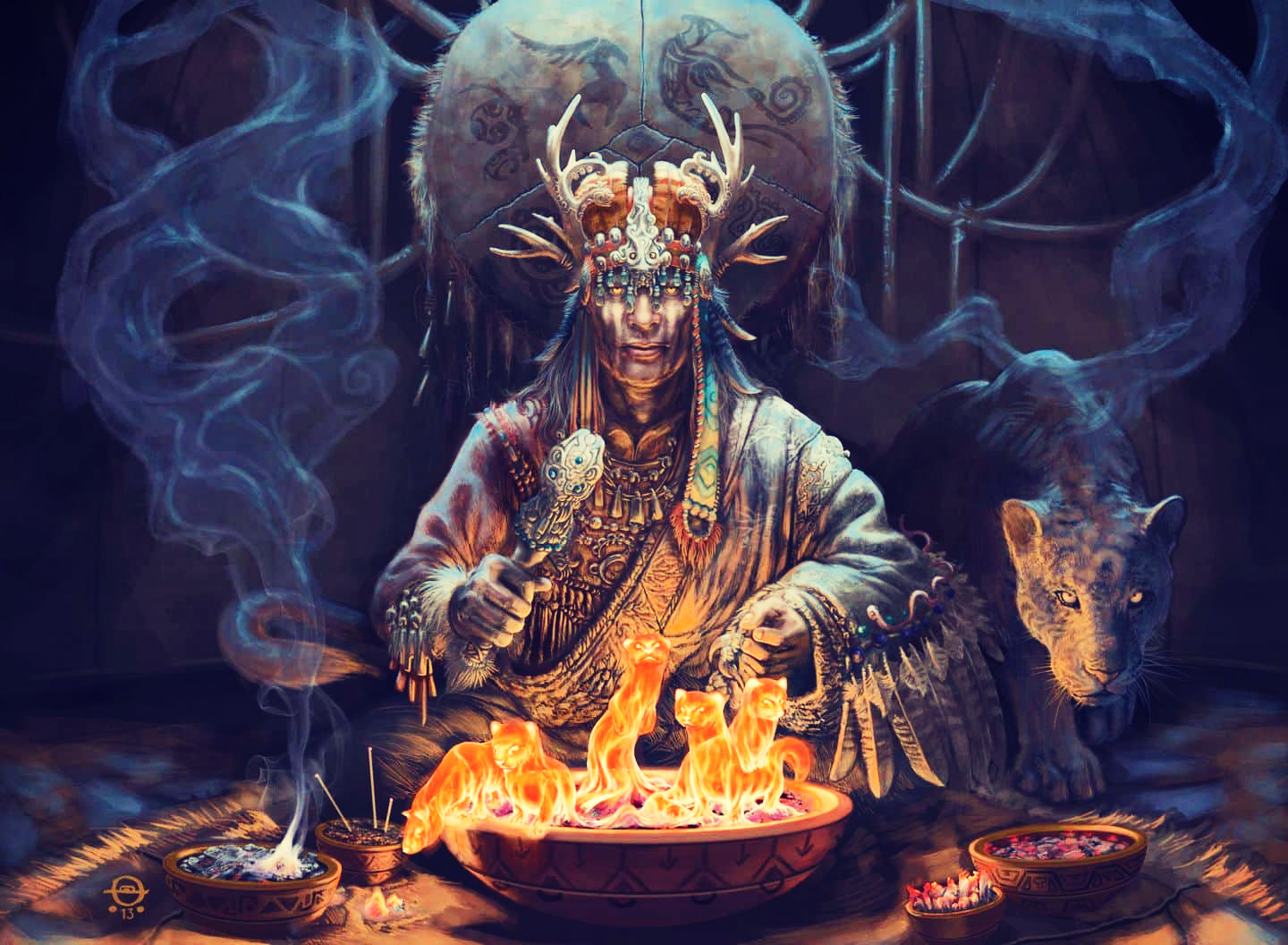
Introduction
Shamanic music is music that is used in the practice of shamanism, a spiritual tradition found among many indigenous cultures around the world. It is typically used to facilitate spiritual rituals, such as healing ceremonies and trance dances, and to induce altered states of consciousness in the performer and listeners. Shamanic music often incorporates a variety of instruments, such as drums, rattles, and flutes, and may include singing, chanting, and the use of toning and overtone singing. It is an integral part of shamanic practice and is believed to have the power to connect individuals to the spiritual world and to facilitate communication with spirits and other non-physical entities.
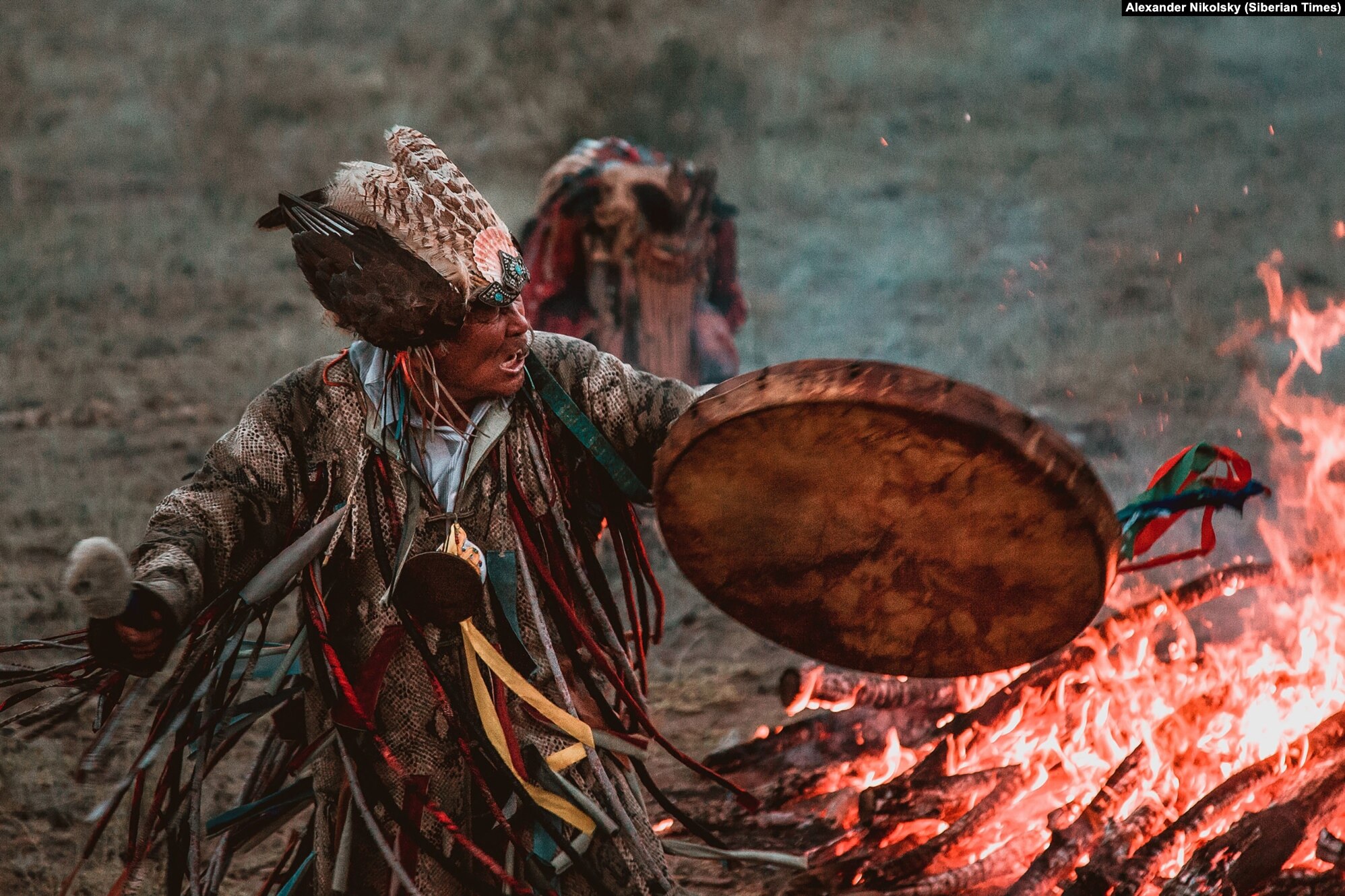
Shamanism is practiced in many regions, including the Amazon, Siberia, Tibet, Mongolia, Scandinavia, and South Africa, as well as America, Asia, Africa, and Europe. There is also the phenomenon known as neo-shamanism which is a new form of shamanism that is a modern or urban form that is inspired by indigenous shamanism. Music or sound is typically a crucial component of shamanic activities anywhere that shamanism is practiced. Using sound as a sort of energetic technology, it may match our vibration to deliberate harmonic frequencies by interacting with our human energy field.
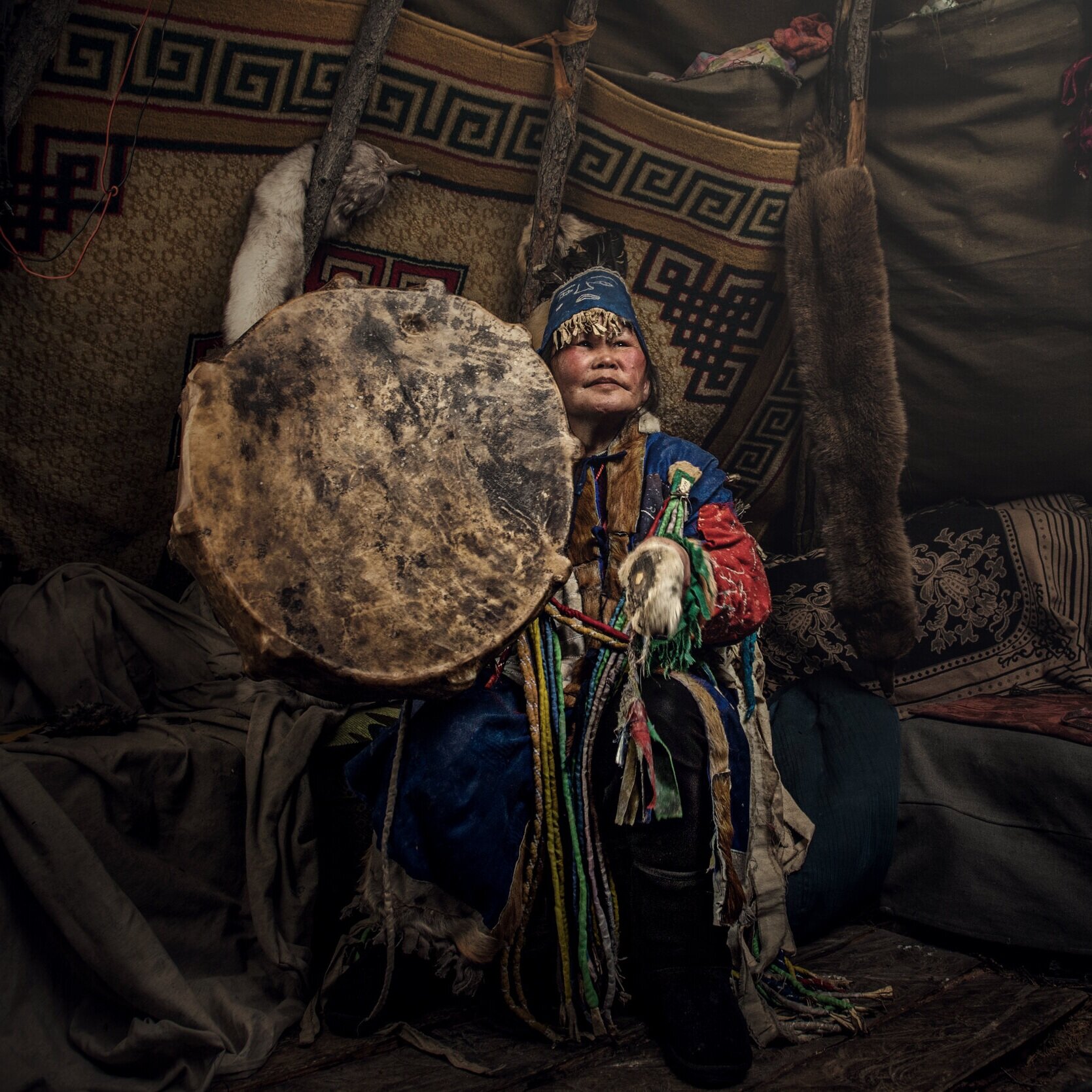
Amazonian Icaro
Ayahuasca Icaros, also known as Ikaros, are traditional songs performed by indigenous Amazonians to accompany holy plant healing rituals. They are musical prayers that represent the abilities of gods, ancestors, animal and plant spirits, as well as elemental forces. They are used as effective healers, potent spirit weapons, or ethereal realm constructors and are channeled into our world by expert curanderos. Icaros exist in the form of both a pre-existing library that the shaman may access and brand-new melodies and lyrics that the spirit world manifests to them in real time to use in accordance with ceremonial circumstances and patient demands. By changing their state of consciousness with entheogens like Ayahuasca, shamans may tune into the frequencies of these worlds.
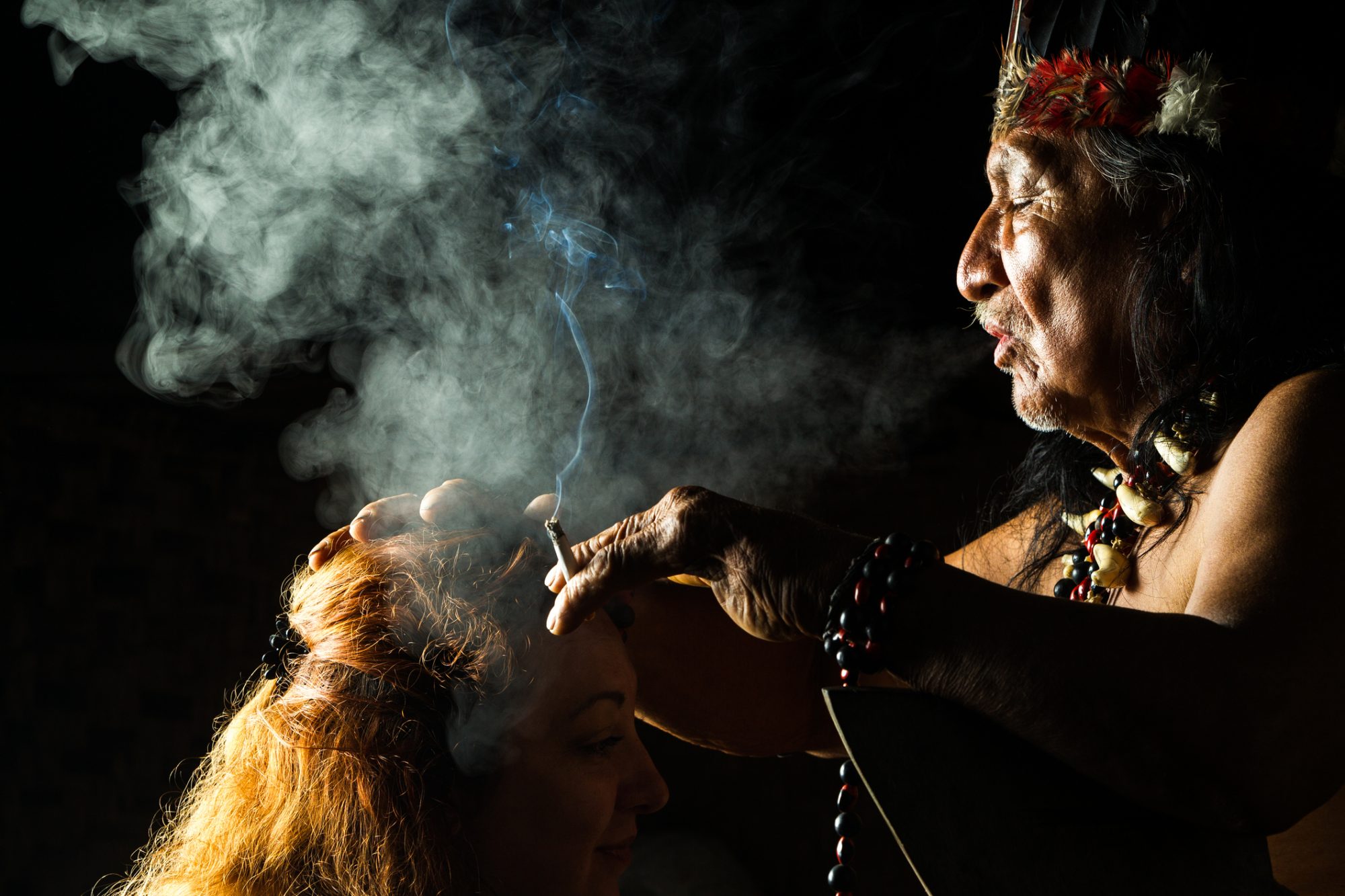
Native American “Medicine Man”
In many Native American cultures, the role of the medicine man or woman was central to the spiritual and physical health of the community. Medicine men and women were often highly respected members of their communities and played a variety of roles, including spiritual leader, healer, and counselor. They used a combination of traditional indigenous knowledge, spiritual practices, and natural remedies to treat a wide range of physical and mental health issues. Medicine men and women also often served as intermediaries between the physical world and the spirit world, and played a central role in many traditional ceremonies and rituals.

Mongolian Böö
Shamanism in Mongolia is one of the oldest religions. It goes back to about 300 and 400 BC and was created on the foundation of totemism. The Huns, the Mongolians’ predecessors, promoted shamanism to the status of a state religion. Since then, shamanism has been worshiped by those of Mongol ancestry who resided on Mongolian land. A male shaman (büge) and a female shaman (idugan) are two different types of the common noun of “shaman” (Böö). The Huns and Mongols worshipped the sun and moon and offered sacrifices to the skies, the land, the deceased, and spirits. Mongolian shamanism worships a total of 99 deities. These deities are answerable to the clans or tribes, including individual persons, before the power of nature.
Throat singing starts at 4:35
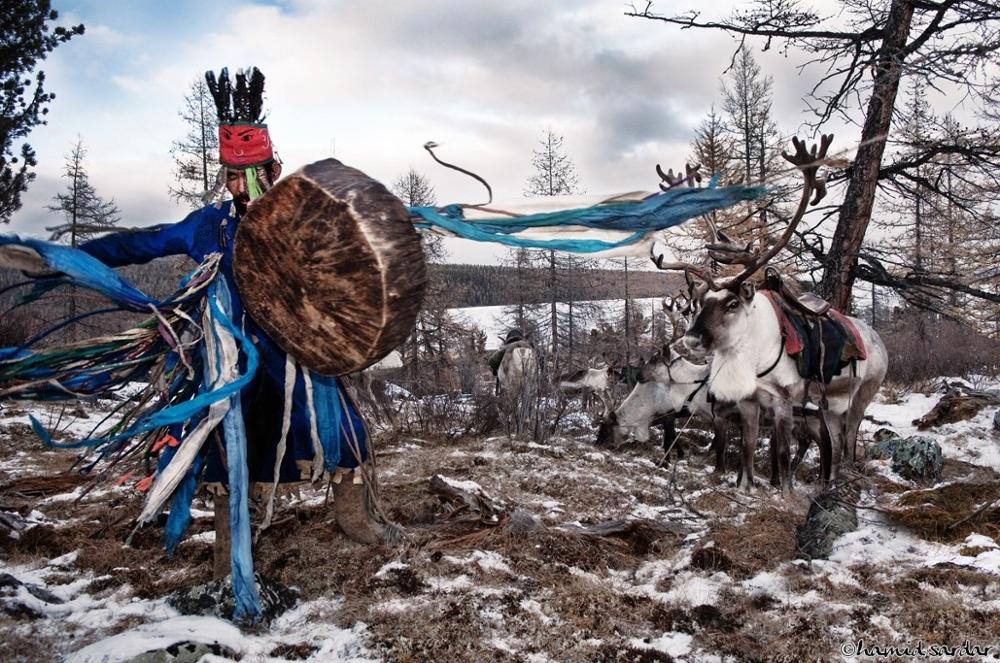
Norse (Viking) Seiðr
Seiðr is a type of Norse magic that was practiced by the ancient Scandinavian people. It was associated with the goddess Freyja and was often used for divination and prophecy. Seiðr was also believed to be a way of manipulating the natural world, such as by altering the weather or controlling the behavior of animals. The practice of Seiðr was associated with the Norse god Odin, who was said to be a master of the art. It was also practiced by other Norse deities, as well as by humans, particularly those who were considered to be particularly skilled in magic. In Norse mythology, Seiðr was often portrayed as a powerful but potentially dangerous form of magic, and it was associated with the idea of forsaking one’s own masculinity in order to gain greater insight and understanding.
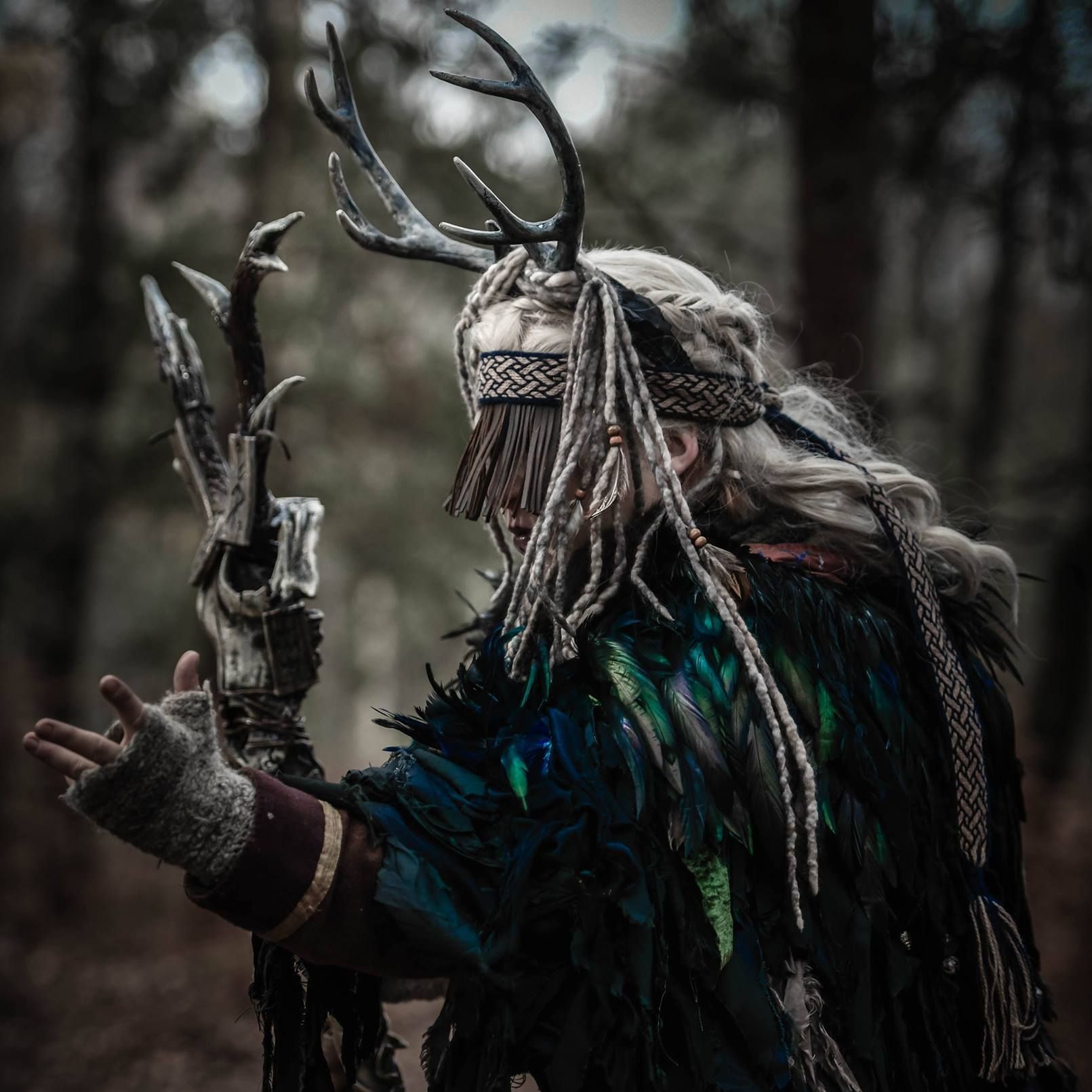
Southern Africa Zulu Sangoma
A Sangoma is a traditional healer in southern Africa who has been trained in the use of herbs and other natural remedies to treat physical and spiritual ailments. The practice of Sangoma is an integral part of the traditional healthcare system in many southern African cultures, and Sangomas are often consulted by people seeking help for a wide range of problems, including physical illness, emotional distress, and spiritual unrest. Sangomas believe that illness and other problems are caused by imbalances or disruptions in the individual’s spiritual energy, and they use a variety of techniques, such as divination, and ritual, to restore balance and promote healing. In many cases, Sangomas also act as spiritual advisors and counselors, helping individuals to understand and address the root causes of their problems.

Modern Shamanism/Neo-Shamanism
Psychedelic shamanism, invented in the mid 60’s to the early 70’s by the New Age movement, is a spiritual practice that involves the use of psychedelic substances, such as mescaline, DMT, psilocybin mushrooms, or LSD, in a shamanic or spiritual context. The use of these substances is believed to facilitate spiritual experiences and personal growth, and can be a tool for exploring the nature of consciousness and the interconnectedness of all things. It is important to respect the cultural and spiritual traditions of indigenous people, who may have traditional uses for these substances that differ from contemporary practices. Proponents of psychedelic shamanism (back in the days mostly Deadheads) believe that these substances can help individuals access altered states of consciousness and connect with spiritual forces or guides, and can be used for healing, divination, and other spiritual purposes.
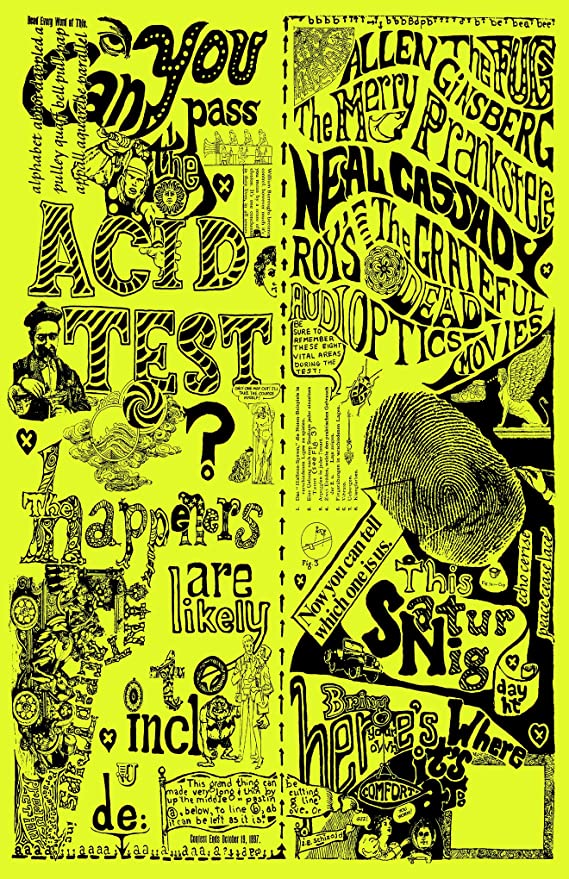
Although colonialism and modernization nearly exterminated shamanism, it has been making a comeback in recent decades. Both natives and westerners are showing interest in it once more and are aware that there is an ancient medicine that was developed over tens of thousands or perhaps even hundreds of thousands of years that may be beneficial for them.
It is important to note that the use of psychedelic substances carries risks and should be approached with caution.
Not shamanic but still wonderful native Mongolian music by Huun-Huur-Tu.
Thank you for your time.
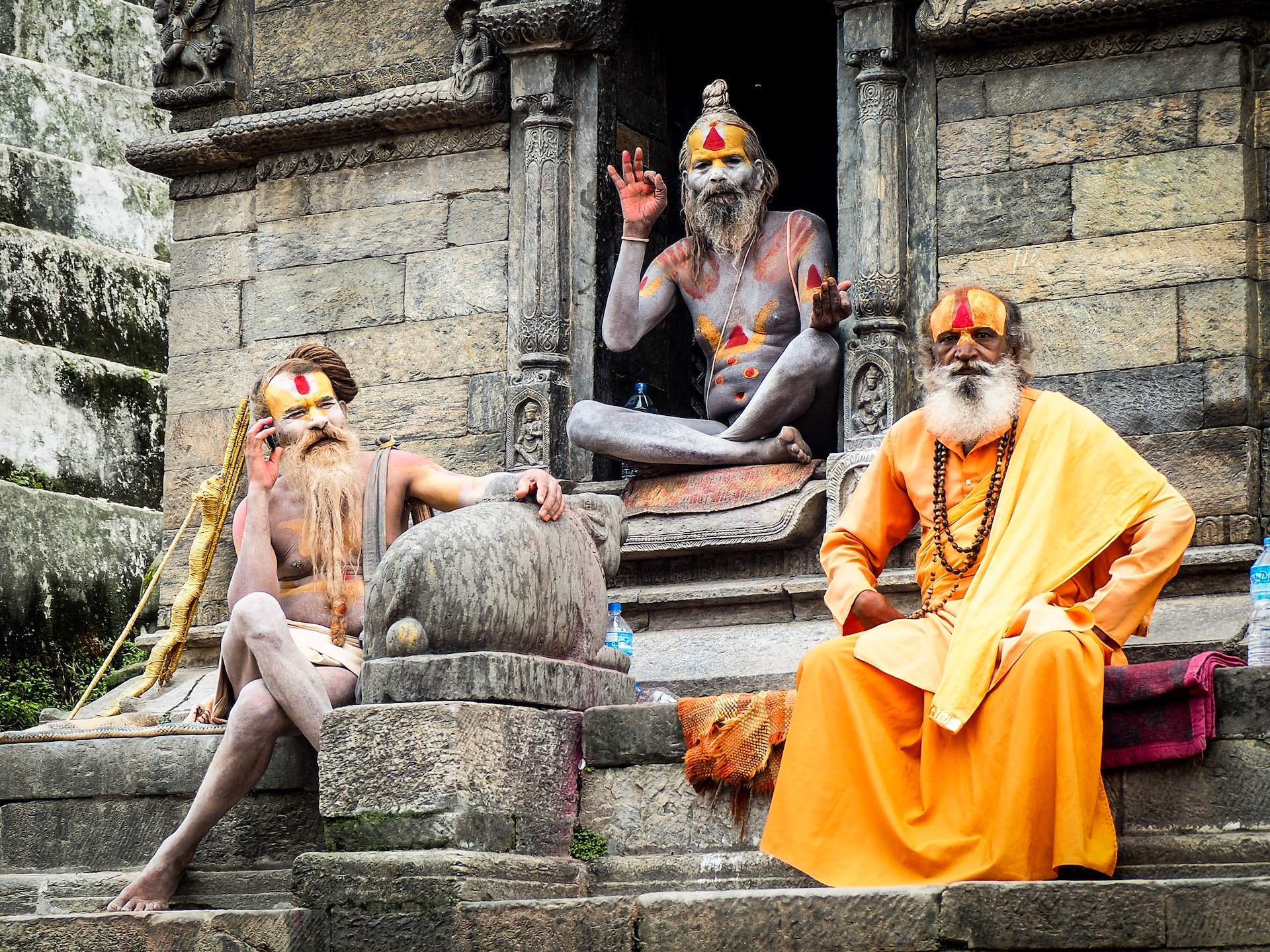
Published: Jan 2, 2023
Latest Revision: Jan 2, 2023
Ourboox Unique Identifier: OB-1402237
Copyright © 2023








